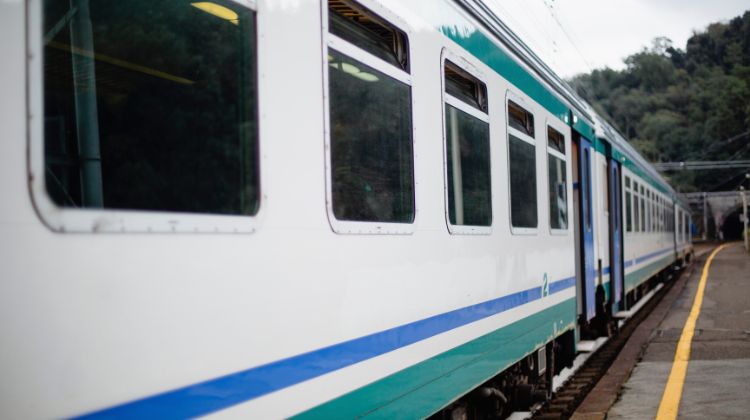
A Regionale train in Italy is a local train service that operates within the same region or between neighboring regions. These trains are generally slower, making more stops at smaller stations.
High-speed trains like Trenitalia’s AV and Italo (trains with “Freccia” in its name) are popular for traveling in Italy, but regional trains serve many cities and towns, offering slower and more affordable options. These regional trains, including Regionale (R), Interregionale (IR), Diretto (D), and Espresso (E), may have deceiving names but can be distinguished by studying the schedule for departure and arrival times. The Veloce, a “fast regional train,” makes fewer stops between destinations, but regional trains generally stop at every station, potentially taking longer than traveling on a train with fewer stops. Keep in mind that regional trains usually have only second-class cars, no reservation requirements, and may or may not be air-conditioned, so it’s essential to verify these details before booking.

Regionale train ticket prices in Italy are generally affordable, with a fixed price based on the distance between the origin and destination, as well as the class. These trains are a budget-friendly option for travelers, offering lower prices compared to high-speed trains. However, the exact cost of a ticket depends on the specific route and distance traveled.
You can buy tickets for Regionale trains in Italy through various methods, including online platforms like Omio-Italy, as well as at the train station from automated ticket machines or ticket offices. When purchasing from ticket machines, ensure they have an English language option and note that they may not accept foreign credit cards. Remember to validate your ticket before boarding the train, as required for regional trains.
What are Italy’s Best Routes for Regionale Trains?
Some popular Regionale train routes in Italy for travelers include exploring Tuscany, with routes connecting Florence to smaller towns like Pisa, Lucca, and Siena. Another option is traveling between Venice and Verona, allowing you to experience the charm of these two famous cities. Additionally, regional trains offer access to smaller towns and villages not served by Italy’s high-speed rail network, providing a more authentic experience of the country. Grab a map, plot a route or throw a dart, and have a great trip! And don’t eat too much or too little pasta!

